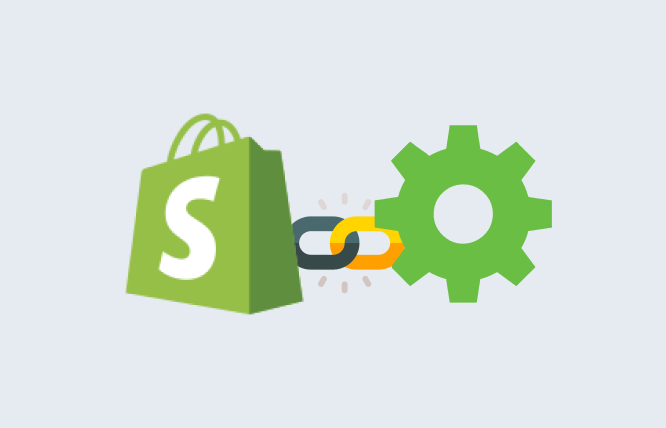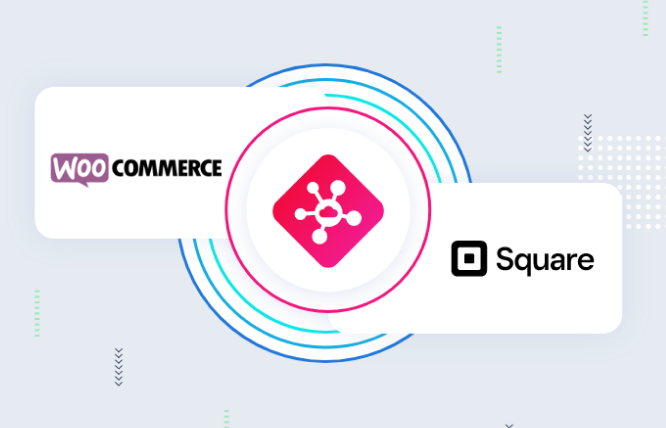Introduction
Connecting ShipStation to Shopify is actually an easy process. Read this blog to find out how to do it and come across other important information as well.
If you have a Shopify-based online store and are seeking a way to better take care of your shipping needs, then here is something that can help: the integration of ShipStation with Shopify. It is because of this integration that you will be able to efficiently manage your inventory, offer better customer services, automate order fulfilment, and streamline your shipping process. Optimistically, after reading this blog, you will be able to properly answer the question, “how to connect ShipStation to Shopify?”
If you are able to better understand this answer, it will be wise for you to look into a host of other concepts, such as custom woocommerce development, web development stacks, and Shopify development agency.
Why You Should Connect ShipStation to Shopify?
Many Shopify users don’t understand the benefits of the stated connection. Let’s take some time to understand why this connection can be immensely beneficial for an eCommerce business entity.
ShipStation comes as a renowned shipping solution that facilitates eCommerce retailers in their attempts to manage, import, and ship their orders. Moreover, Shopify comes as a prominent eCommerce platform that lets you set up your own store, which you can use to offer products online. When you integrate both of these stated platforms, then it offers you the following benefits:
- Orders from Shopify will be automatically brought into ShipStation.
- Due to ShipStation, you will have reached a host of carrier options. This means that you will be able to compare rates and utilize discounted postage.
- It is because of real-time updates that you will be able to manage your stock levels effortlessly via ShipStation.
- Automatic updates on tracking numbers and order statuses will continue to enhance customer satisfaction and transparency.
There are some arguments floating around that state that the connection is only beneficial for those Shopify accounts that conduct high-level business activity. This is not true. The fact is that this connection can benefit even Shopify accounts that are conducting small to mid-level business activities. There have been a great number of cases that highlight how the connection has aided small and mid-level business activities, and you just need to reach out to such cases to see success stories. Perhaps going through the details of such cases will give you added motivation to trust the Shopify ShipStation connection.
Integration Requirements
The following are the connection-related requirements:
- Your Shopify store domain and Shopify account.
- Admin permissions are provided in Shopify or Admin credentials for your specific Shopify account.
Some other requirements are as follows:
- Orders must feature one physical product (at least).
- The order has been made within 90 days of the existing date.
- Orders will fail to import if there are some missing elements in the field. These may be postal code, address or something else.
- Add a Ship To address.
How To Connect ShipStation to Shopify
This is how to connect ShipStation to Shopify –
Step 1:
Before you begin with the integration, you must make sure that you have active accounts on ShipStation and Shopify. At this step, you should sign up on ShipStation to confirm that your Shopify store has all the right details.
Step 2:
You should log into ShipStation and then go to Account Settings present at the top-right portion. Opt for Selling Channels, then opt for Connect a Store or Marketplace. You will see an available list. Go for the Shopify tile.
Step 3:
You will be required to enter your Shopify store domain. This commonly follows ‘yourstore.myshopify.com’. If you are not sure, then go to your Shopify admin board to find it. Once you have entered the domain, you need to click ‘Connect’.
Step 4:
When you have selected ‘Connect’, the ShipStation application will be added to your Shopify account. In this step, you are required to log into Shopify and permit ShipStation to access your store’s relevant information.
Step 5:
After the linking, you will be taken back to ShipStation. This means that you can configure settings that are particular to your Shopify store. Inspect the option if you want ShipStation to import archived or closed orders from Shopify.
Step 6: (Optional)
ShipStation permits custom field mapping from Shopify. You have the option of setting fields such as Shopify Order ID, customer tags, fraud risk, and so on to map into ShipStation’s custom fields.
Step 7:
At this stage, you are connected. This means that ShipStation will be able to effectively sync with your existing Shopify orders. Feel free to manage these orders that are in the ShipStation interface, track shipments, and create labels.
Step 8:
Try to take the most out of other integration features, like partial shipping for split orders, Shopify fraud risk assessment, and instant order import. If you come across any issues, you can reach out to either support for assistance or ShipStation’s help centre.
Integration’s Advantages
When the integration is done, you will see a prominent boost in order accuracy and shipping efficiency. It is because of ShipStation’s cloud-based platform that you will be able to manage shipping using any device from anywhere. Both Shopify and ShipStation let you confidently and quickly scale your business and ship in a smarter manner.
Concluding Remarks on How To Connect ShipStation to Shopify
This blog has effectively and simplistically answered the “how to connect ShipStation to Shopify” question. Of course, it comes as a great read for all those who want to make a better degree of usage of Shopify. But at the same time, it is also a wonderful read for those who don’t have a Shopify account. Perhaps you are interested in the IT field, and you seek to expand your knowledge of Shopify, or you are just a casual reader who wants to have a better understanding of Shopify. This information is meant for you.
If you like what you have read here, then please try to share it as much as you can. This could potentially help someone who is looking to earn better profits via Shopify or is seeking to simplify Shopify operations. Another thing that you can do is to look into a host of subject matters, such as glance over the fundamentals of ecommerce development company, and so on.
Lastly, if you need top-quality software solutions, contact Futurbyte. This is a well-reputed software solutions provider with a globally situated client base.
Also Read:Hire Someone to build Shopify Store
Frequently Asked Questions
Sure, ShipStation comes as a reputed web-based shipping solution. This assists online retailers in streamlining their order fulfilment process. This is done by consolidating orders from a host of sales channels and by efficiently managing shipping tasks.
This question is often asked by those who are unfamiliar with ShipStation or its important benefits. The fact is that if you are using Shopify, then you should try your best to familiarize yourself with ShipStation. Coming back to the question – connecting ShipStation to Shopify lets you seamlessly manage shipping tasks, automate shipping processes, and sync orders from a single platform. This, in turn, will allow you to improve efficiency and save time. For any person or entity that is conducting business via Shopify, all of these plus points will ensure that they have a better chance of attaining higher profitability.
Sure, when you make a connection between Shopify and ShipStation, there are a host of order details such as shipping preferences, order status, product details, and customer information that are synchronized between the stated platforms, and this synchronization is done in real time.
When you successfully establish a connection between Shopify and ShipStation, you will enjoy a host of benefits. Some of the most prominent benefits are the attainment of enhanced customer experience, improved efficiency, automated shipping processes, and access to advanced reporting tools and analytics. There can be many paragraphs written on just a single aspect of just one of these stated benefits. Let’s look at the enhanced customer experience point. It is because of this one point alone that a business can enjoy better sales activity and worldwide outreach.
This question is often asked by Shopify users who have budget-related constraints or who are looking to save as much capital as possible. Regardless, ShipStation presents a host of pricing plans that are directly related to your requirements and shipping volume. There may be some costs for you utilizing ShipStation. But when you connect it with Shopify, you don’t have to pay any additional fees.
Have questions or feedback?
Get in touch with us and we‘l get back to you and help as soon as we can!




